Commercial generators ensure an uninterrupted power supply to businesses, hospitals, data centers, and other critical facilities. However, proper grounding for generators is essential to ensure their safe and efficient operation. Grounding a generator is a regulatory requirement and a fundamental aspect of electrical safety. This article will explore the various methods and expert tips for grounding a commercial generator.
Table of Contents
Why Grounding Is Crucial for Generators?
Grounding a generator is connecting it to the Earth or a grounding electrode system to prevent electrical faults and ensure the safety of personnel and equipment. Here are some key reasons why grounding is crucial for commercial generators:
Safety: Grounding helps dissipate electrical faults, such as short circuits and electrical surges, into the Earth, reducing the risk of electrical shock and fire hazards.
Equipment Protection: Proper grounding helps protect the generator and connected equipment from damage caused by lightning strikes, power surges, or other electrical disturbances.
Compliance: Many electrical codes and regulations require generators to be grounded to ensure safety and compliance with local and national standards.
Now that we understand the importance of grounding, let’s delve into the methods and expert tips for effectively grounding a commercial generator.
Grounding Methods for Commercial Generators
Grounding a commercial generator involves several methods and components. The choice of method depends on factors such as the generator’s size, location, and specific requirements. Here are some common grounding methods:
1. Grounding Electrode System
A grounding electrode system is the primary method for grounding generators. It involves using grounding electrodes, conductors, and bonding to establish a connection to the Earth. Common components of a grounding electrode system include:
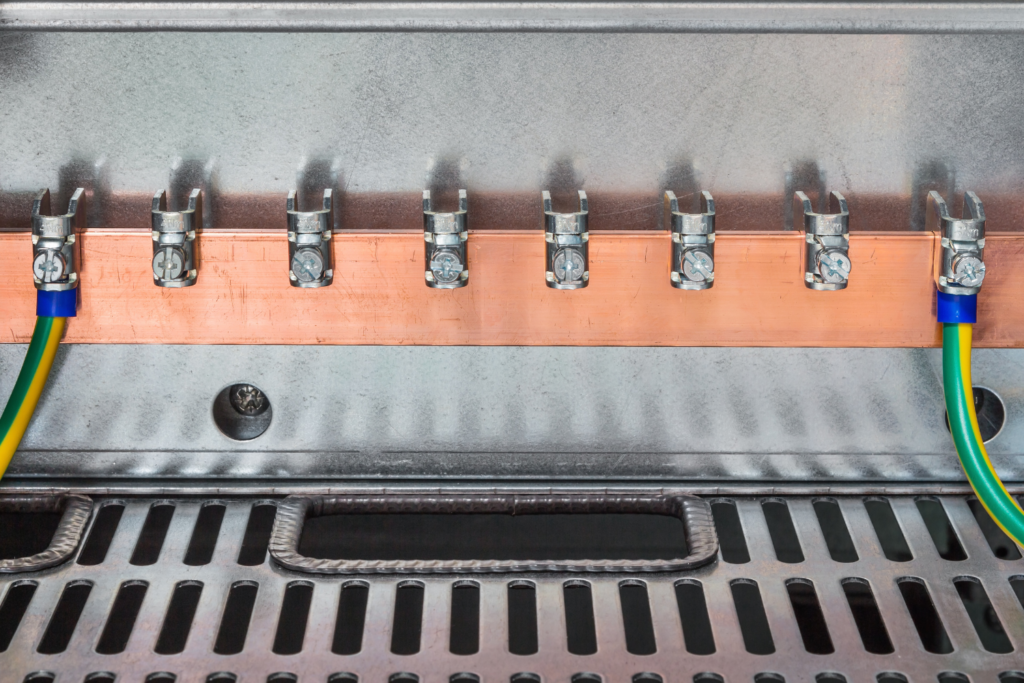
Grounding Rods are typically copper or steel rods driven into the ground and connected to the generator’s grounding conductor.
Grounding Conductors: Copper or aluminum conductors that connect the generator to the grounding electrodes.
Grounding Clamps and Connectors: Used to secure the grounding conductors to the grounding electrodes and the generator frame.
2. Grounding to Building Steel
In some cases, generators can be grounded to building steel if available and meet the requirements. This method can provide a reliable path to Earth for fault currents. However, it is essential to ensure that the building steel is suitable for grounding and meets local codes and standards.
3. Grounding to a Grounding Plate
A grounding or ground plate is a flat piece of metal buried in the ground and connected to the generator through grounding conductors. Ground plates are often used when suitable grounding electrodes like rods or pipes are not readily available or practical.
4. Grounding to a Grounding Grid
A grounding grid consists of a network of buried conductors or plates designed to provide a low-resistance path to Earth. This method is typically used for larger generators and critical facilities where a robust grounding system is essential to dissipate fault currents safely.
5. Grounding with Ground Fault Detection Systems
Ground fault detection systems can be integrated with the generator’s grounding system to monitor for ground faults and provide early warnings or automatic shutdowns in the event of a fault. These systems enhance safety and prevent equipment damage.
Expert Tips for Effective Generator Grounding
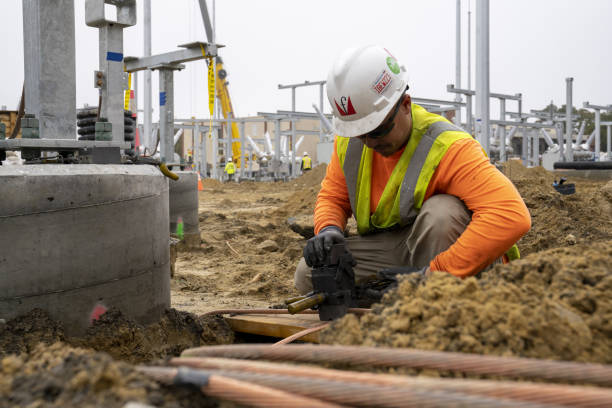
Grounding a commercial generator correctly requires attention to detail and adherence to safety standards. Here are some expert tips to ensure effective generator grounding:
1. Consult Local Codes and Standards
Before starting any grounding installation, consult local electrical codes and standards. Requirements may vary by location, so it’s crucial to understand and comply with the regulations in your area.
2. Perform Soil Resistance Testing
Conduct soil resistance testing at the installation site to determine the soil’s resistivity. This information is essential for designing an effective grounding system.
3. Use Proper Grounding Electrodes
Select suitable grounding electrodes based on soil resistivity and local conditions. Copper or copper-clad electrodes are often preferred for their corrosion resistance and conductivity.
4. Ensure Proper Bonding
Properly bond all metallic components of the generator system, including the generator frame, conduits, and enclosures, to the grounding system. This helps prevent voltage potential differences and ensures safety.
5. Regular Maintenance and Inspection
Establish a routine maintenance and inspection schedule for the grounding system. Check for loose connections, corrosion, and damage to ensure the system remains effective over time.
6. Consider Lightning Protection
If the generator is in an area prone to lightning strikes, consider installing lightning protection systems, such as lightning rods and surge protectors, to safeguard the generator and connected equipment.
7. Ground Fault Detection
Implement ground fault detection systems to monitor the generator’s grounding system continuously. These systems can detect faults early and trigger protective measures.
8. Professional Installation
For complex or large-scale generator grounding projects, consider hiring a licensed electrician or electrical engineer with experience in grounding systems. Their expertise ensures that the installation meets all safety and regulatory requirements.
Conclusion
Grounding a commercial generator is not just a regulatory requirement; it is a vital step to ensure the safety of personnel and equipment while maintaining an uninterrupted power supply. Following this article’s recommended methods and expert tips, businesses can establish effective grounding systems that protect against electrical faults, equipment damage, and potential hazards. Adherence to local codes and standards, routine maintenance, and professional expertise are the cornerstones of a successful generator grounding strategy, ultimately contributing to a safer and more reliable electrical infrastructure.
Frequently Asked Questions About Grounding of a commercial generator
1. What is the most common type of grounding system?
The prevalent electrical grounding system comprises a single rod made of stainless steel or copper. These are generally seen in utility poles and homes.
2. How do you identify the need for grounding the generator?
The generator must be grounded if it provides electric power to the built structure through a transfer switch.
3. State the difference between neutral and grounded.
The grounded wires carry current in the scenario of faults. They drive current from the lighting device on the problem. Contrastingly, the neutral wire completes the circuit, allowing electricity flow.
4. What are ground faults?
Ground faults occur when electricity takes an unwanted path to the ground. The fault is said to have occurred due to the absence of resistance, which drastically increases the flow of charge.
5. How do you protect against ground faults?
Protection against ground gaults is possible through protective devices, including circuit breakers, CTs, fuses, relays, and PTs.

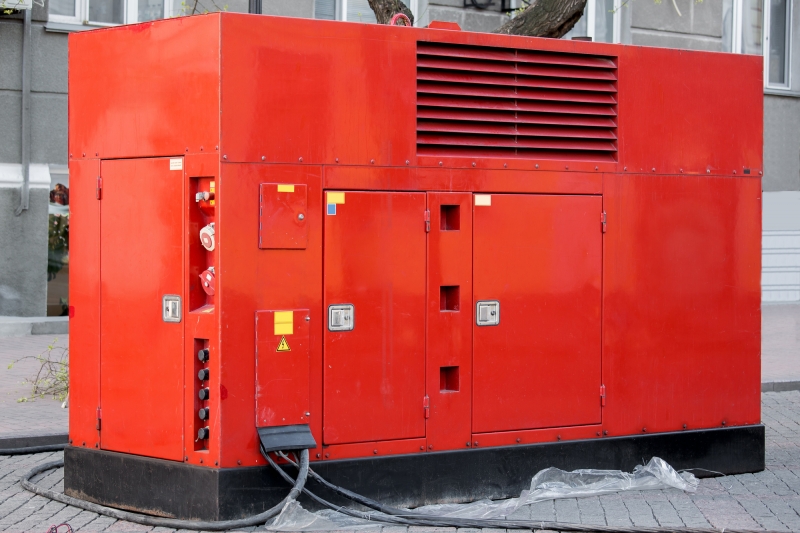

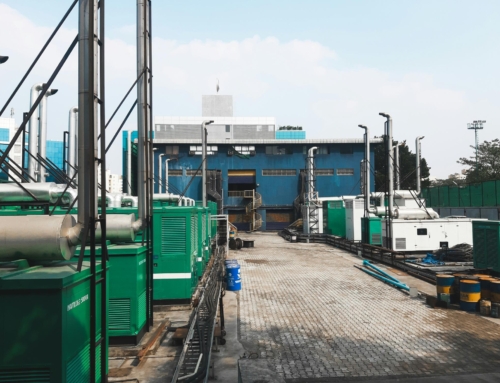

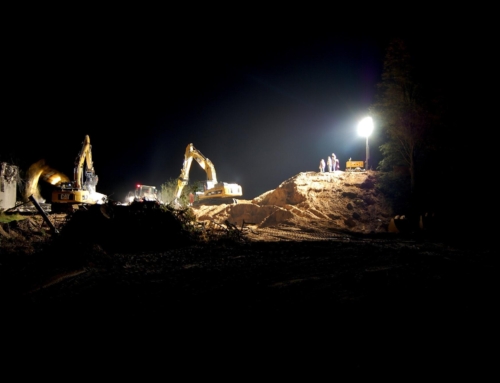
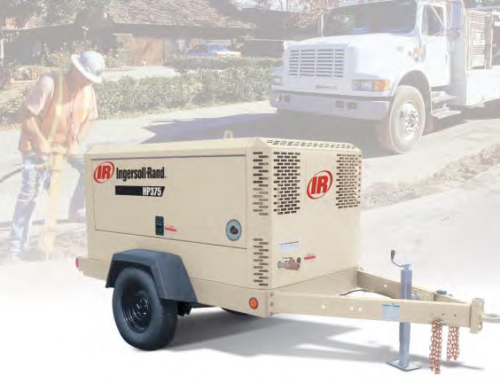

Leave A Comment